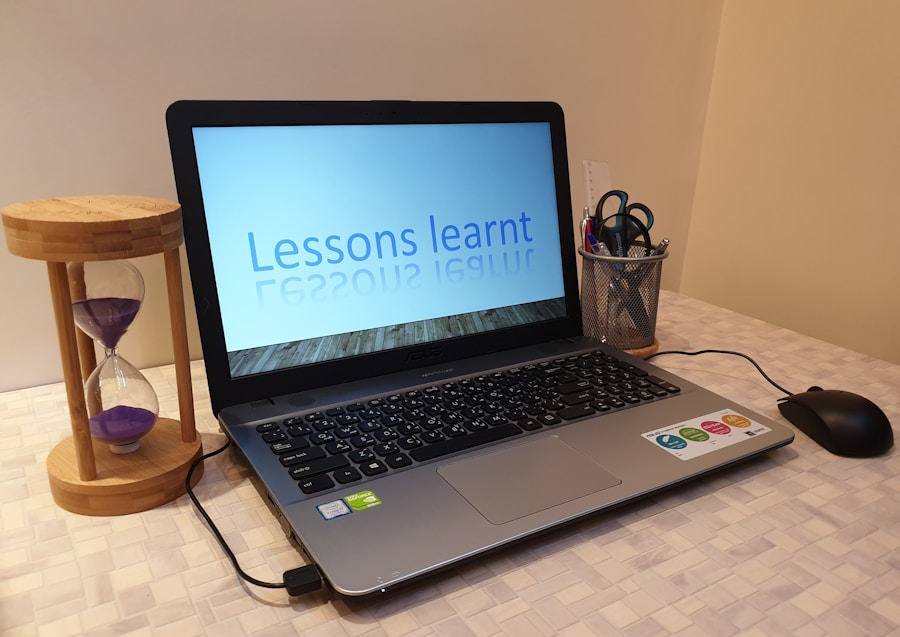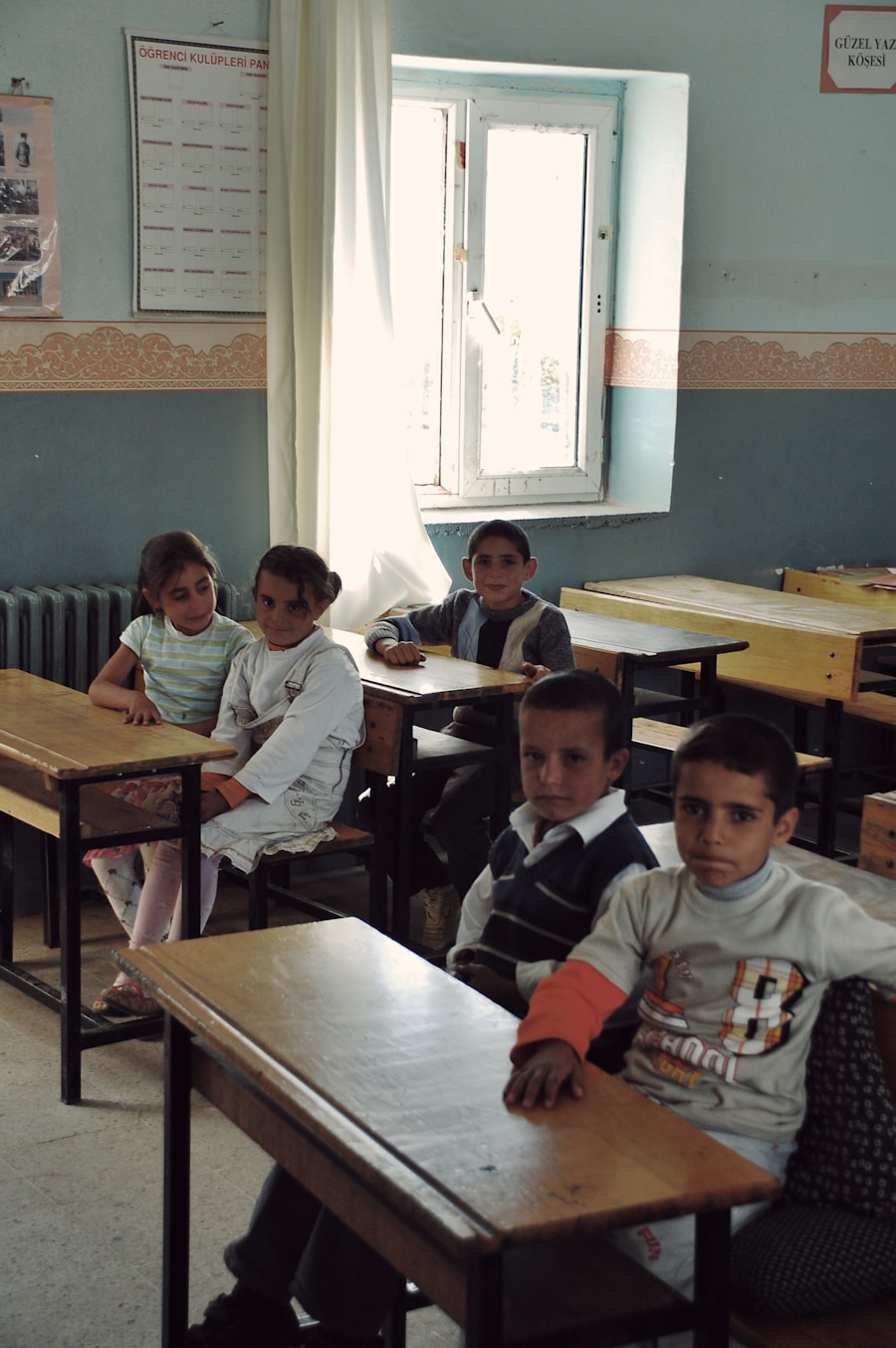Task-Based Learning (TBL) has emerged as a significant pedagogical approach in the realm of language education, emphasizing the importance of using meaningful tasks as the primary vehicle for language acquisition.
This approach aligns with contemporary understandings of how language is best learned—through active use rather than passive absorption.
The essence of TBL lies in its structure, which typically involves three stages: pre-task, task, and post-task. In the pre-task phase, teachers introduce the topic and provide necessary vocabulary or structures that students will need.
During the task phase, learners engage in activities that require them to use the language to complete a specific goal, such as planning a trip or solving a problem. Finally, the post-task phase allows for reflection and feedback, where students can discuss their experiences and the language they used. This cyclical process not only enhances language proficiency but also builds critical thinking and collaboration skills, making TBL a holistic approach to language education.
Key Takeaways
- Task-Based Learning (TBL) focuses on real-world tasks to teach language skills
- Real-world tasks like ordering food or giving directions are incorporated into language lessons
- Technology plays a role in TBL through interactive activities and online resources
- TBL can be adapted for visual, auditory, and kinesthetic learning styles
- TBL aligns with the communicative approach, emphasizing communication over grammar
- The future of TBL in English language teaching involves more personalized and interactive learning experiences
Incorporating Real-World Tasks into Language Lessons
Integrating real-world tasks into language lessons is a cornerstone of Task-Based Learning. These tasks are designed to reflect authentic situations that learners may encounter outside the classroom, thereby increasing their motivation and relevance. For instance, a teacher might ask students to role-play a job interview, where they must prepare answers to common questions and practice their responses in pairs.
This not only helps students practice their speaking skills but also equips them with practical language that they can use in real-life scenarios. Another effective way to incorporate real-world tasks is through project-based assignments. For example, students could work in groups to create a travel brochure for a destination of their choice.
This task would require them to research the location, write descriptive text, and present their findings to the class. Such projects encourage collaboration and creativity while allowing students to apply their language skills in a meaningful context. By engaging with tasks that have tangible outcomes, learners are more likely to see the value in their language studies and feel empowered to use their skills beyond the classroom.
The Role of Technology in Task-Based Learning

In today’s digital age, technology plays an increasingly vital role in enhancing Task-Based Learning. The integration of digital tools can facilitate communication, collaboration, and creativity among learners. For instance, online platforms such as Google Docs or Padlet allow students to work together on tasks in real-time, regardless of their physical location.
This not only mirrors the collaborative nature of many real-world tasks but also helps students develop digital literacy skills that are essential in modern workplaces. Moreover, technology can provide access to authentic materials that enrich the learning experience. Language learners can utilize websites, podcasts, and videos that feature native speakers engaging in everyday conversations.
By exposing students to varied accents, colloquialisms, and cultural nuances, technology helps bridge the gap between classroom learning and real-world application. Additionally, language learning apps like Duolingo or Babbel offer task-based exercises that allow learners to practice at their own pace while receiving immediate feedback on their performance. This personalized approach can significantly enhance motivation and engagement.
Adapting Task-Based Learning for Different Learning Styles
One of the strengths of Task-Based Learning is its inherent flexibility, which allows educators to adapt tasks to accommodate various learning styles. Recognizing that students have diverse preferences for how they engage with material is crucial for effective teaching. For instance, visual learners may benefit from tasks that incorporate graphic organizers or visual aids, such as infographics or videos.
A teacher could assign a task where students create a visual presentation on a cultural topic, allowing these learners to express their understanding through imagery. Conversely, auditory learners might thrive in tasks that involve listening and speaking activities. For example, conducting interviews or participating in debates can cater specifically to those who learn best through verbal interaction.
Kinesthetic learners, who often excel through hands-on experiences, could be engaged through role-playing scenarios or simulations that require physical movement and interaction with peers. By thoughtfully designing tasks that appeal to different learning styles, educators can create an inclusive environment where all students have the opportunity to succeed.
Task-Based Learning and the Communicative Approach
Task-Based Learning is closely aligned with the principles of the Communicative Approach, which emphasizes interaction as the primary means of language learning. Both methodologies prioritize meaningful communication over the mere acquisition of grammatical rules. In TBL, tasks are designed not only to practice language but also to promote genuine communication among learners.
This focus on interaction encourages students to negotiate meaning, clarify misunderstandings, and collaborate effectively—skills that are essential for successful communication in any language. Furthermore, TBL supports the idea that language is best learned when it is used for authentic purposes. By engaging in tasks that require real communication—such as planning an event or discussing current events—students are more likely to internalize vocabulary and structures naturally.
This experiential learning process mirrors how individuals acquire their first language: through meaningful interactions rather than isolated drills. As such, TBL serves as a practical implementation of communicative principles, fostering an environment where learners can develop fluency and confidence in their language abilities.
The Future of Task-Based Learning in English Language Teaching

The Role of Technology in Task-Based Learning
Moreover, as technology continues to advance, the potential for innovative task design will expand significantly. Educators will have access to an ever-growing array of digital resources that can enhance task engagement and interactivity. Virtual reality (VR) and augmented reality (AR) technologies may soon allow learners to immerse themselves in simulated environments where they can practice language skills in contextually rich settings.
The Benefits of Task-Based Learning
Such advancements could revolutionize how tasks are conceived and executed in language education. By focusing on real-world tasks, leveraging technology, accommodating diverse learning styles, and promoting communicative competence, TBL offers a comprehensive framework for effective language teaching.
The Future of Task-Based Learning
As we look ahead, it is clear that this approach will continue to evolve and adapt, ensuring its place at the forefront of English Language Teaching for years to come.
Task-Based Learning and New Trends in ELT have been gaining popularity in recent years as educators seek more engaging and effective ways to teach language skills. One related article that explores challenges to state and society, specifically communalism and secularism, can be found here. This article delves into the complexities of these issues and their impact on society, providing valuable insights for educators looking to incorporate real-world topics into their language lessons.






















+ There are no comments
Add yours